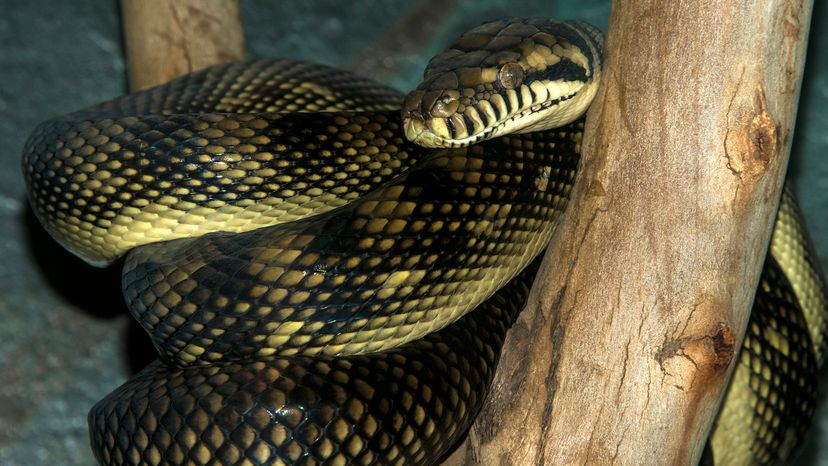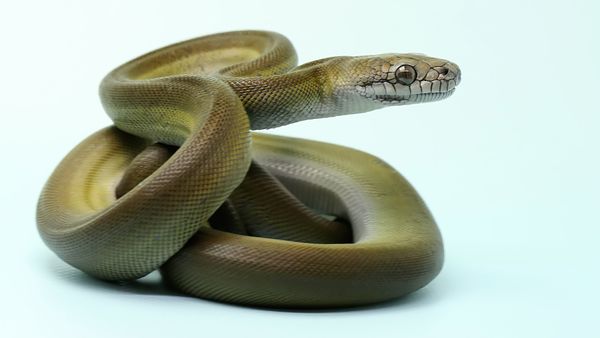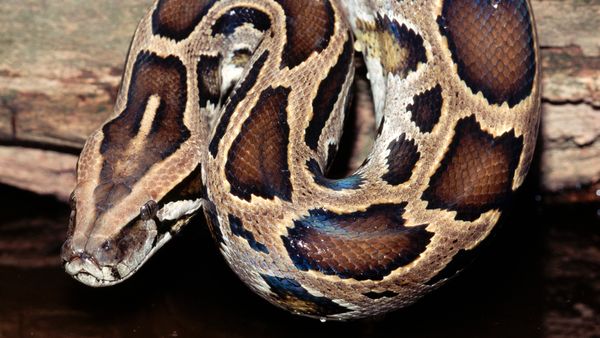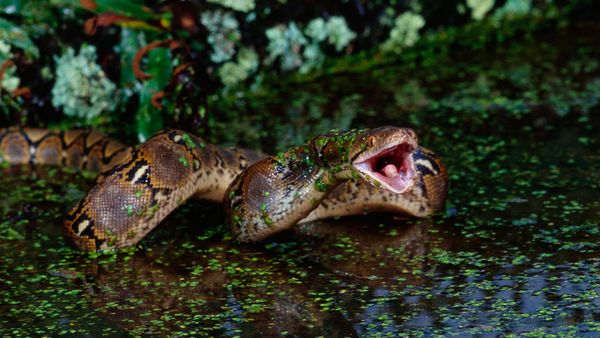The amethystine python (Morelia amethystina) belongs to the class Reptilia, which is indicative of its reptilian characteristics. Within this class, it is part of the order Squamata, which includes lizards and snakes, due to shared features like scales and the ability to shed skin.
The species belongs to the Pythonidae family, commonly referred to as pythons. This group of snakes is characterized by being nonvenomous and using constriction to subdue prey. They capture and suffocate their prey by coiling around it rather than relying on venom for hunting.
Within the Pythonidae family, this python is placed in the genus Morelia, a group of large (and typically arboreal) pythons found in Australia and surrounding islands. The genus is known for its diversity in size and habitat preferences.
The Amethystine Python Complex
The amethystine python complex is a collection of closely related python species within the genus Morelia. They were initially grouped under a single species or subspecies, known collectively as Morelia amethistina.
However, further scientific study revealed distinct differences, leading to their reclassification as five separate species within the same genus.
The pythons in this complex are native to Australia, Indonesia and Papua New Guinea. Members of the complex share common traits such as nonvenomousness, constriction behavior, carnivorous diets of the same prey type and climbing abilities.
That said, each species within this complex may exhibit unique adaptations to its specific environment and slightly differ in behavior and physical characteristics.
The recognition of these pythons as a complex of closely related yet distinct species highlights the importance of detailed taxonomic research in understanding biodiversity and the evolutionary relationships among different species.
It also has implications for conservation strategies, as recognizing the distinctness of each species can lead to more targeted and effective conservation efforts.



